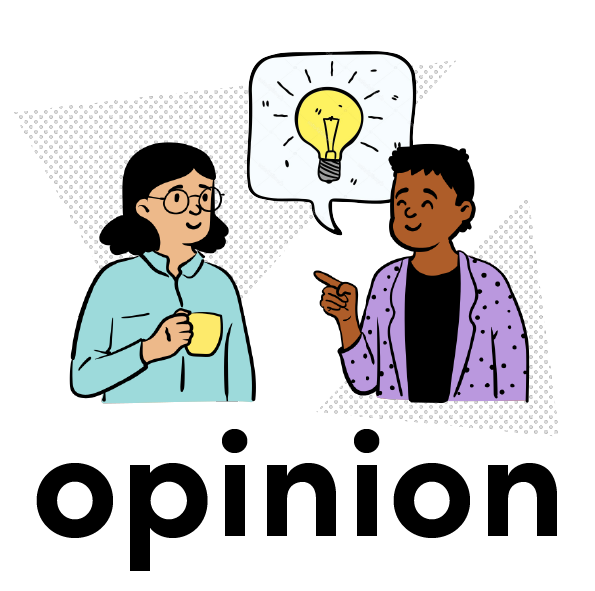Lost in campus transition

As the 2020-2021 school year comes to a close, students in the Walnut Valley Unified School District and their families are beginning to weigh their options when it comes to continuing online learning at home or signing up for the new hybrid option, where students would divide their time between the online and in-person format.
For freshmen, who have never lived the in-person high school experience, and even sophomores, who have had their first year of high school cut short by the pandemic, adjusting to on-campus learning will be a worthwhile but difficult proposition. The transition from middle school to high school is chaotic enough during a normal school year, with more freedom in all regards—clubs, classes and friends—but distance learning has limited these choices and minimized experiences, leading to a year that’s not unlike middle school. Instead of being acclimated to the high school atmosphere, next year’s sophomores will be in the same boat as the incoming freshmen, adjusting to the campus atmosphere, figuring out locations of classes and the office, joining new clubs for the first time, and more.
Aside from the social aspects of high school, freshmen and sophomores are also losing an integral period for academic development. During freshman year, students would have learned to gauge how much work and advanced classes they can handle given extracurricular commitments. However, shorter days, less club activities and abnormal amounts of homework have given freshmen an inaccurate view of how they will be spending their time in future high school years. Poor time management skills and bad habits that may have formed as a result of a deluge of free time will make for an even bigger change as next school year’s sophomores find themselves with an overload of coursework and no time to complete it.
Students who are having trouble grasping the concepts taught during online lectures will also struggle in coming years, as they do not have as many opportunities to ask the teacher for help—teachers often require pre-scheduling tutorial appointments—and may not completely learn each subject either. Though these issues haven’t affected all underclassmen—there are those who are thriving this year—the social aspect of interacting with new people in different classes and clubs has been a much more universal pitfall of distance learning.
The loss of an opportunity to make real, lasting connections with classmates and teachers is another reason some students lack motivation to learn, and something that will impact them in coming years. This is especially true for freshmen who have not had the opportunity to form new friendships with classmates during the casual interactions between classes or during lunchtime.
As plans to reopen schools progresses, the administration should work with students to ease the transition by being more lenient in the days to come. Teachers should work to bridge the gap in students’ learning by being willing to reteach fundamentals from previous years. Although freshman year cannot be replaced, we can only hope that the in-person experience can naturally rekindle the social aspect that distance learning has lacked.
Your donation will support the student journalists of Diamond Bar High School. Your contribution will allow us to purchase equipment and cover our annual website hosting costs.








